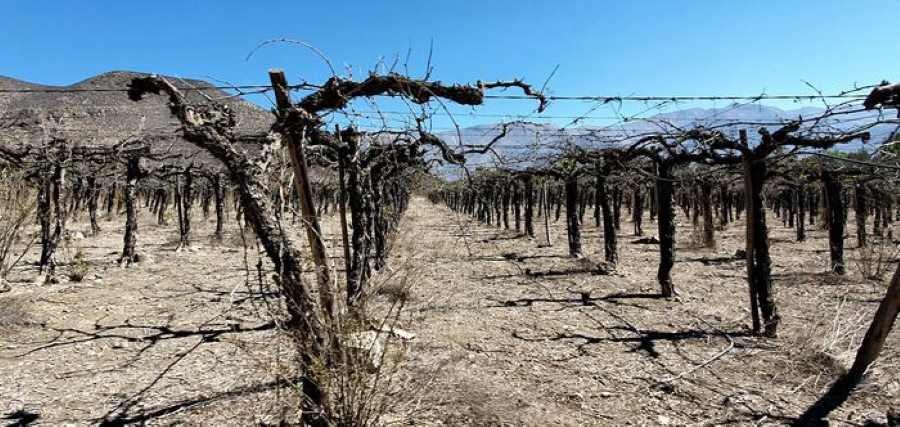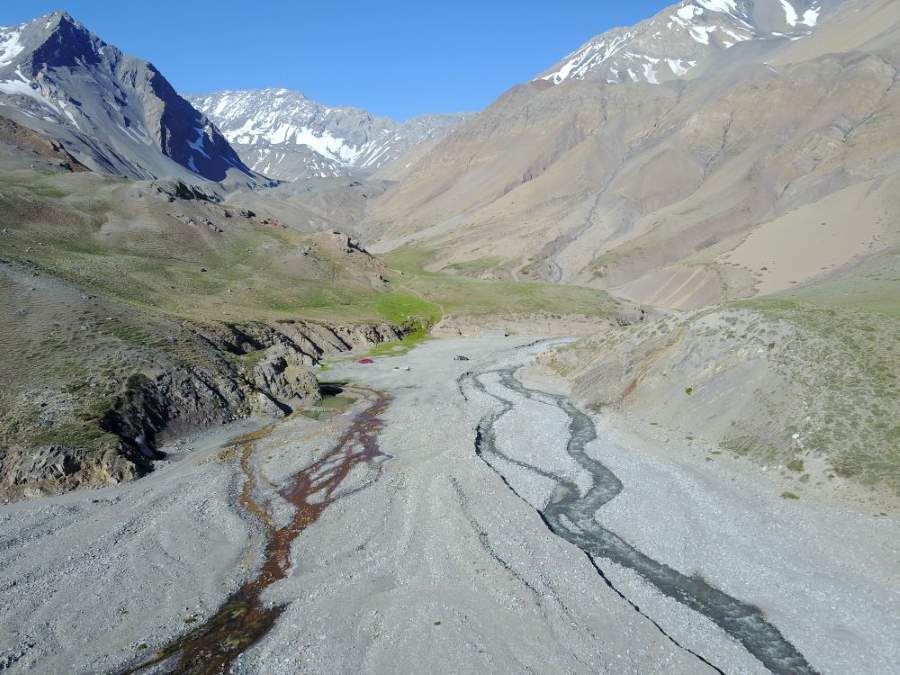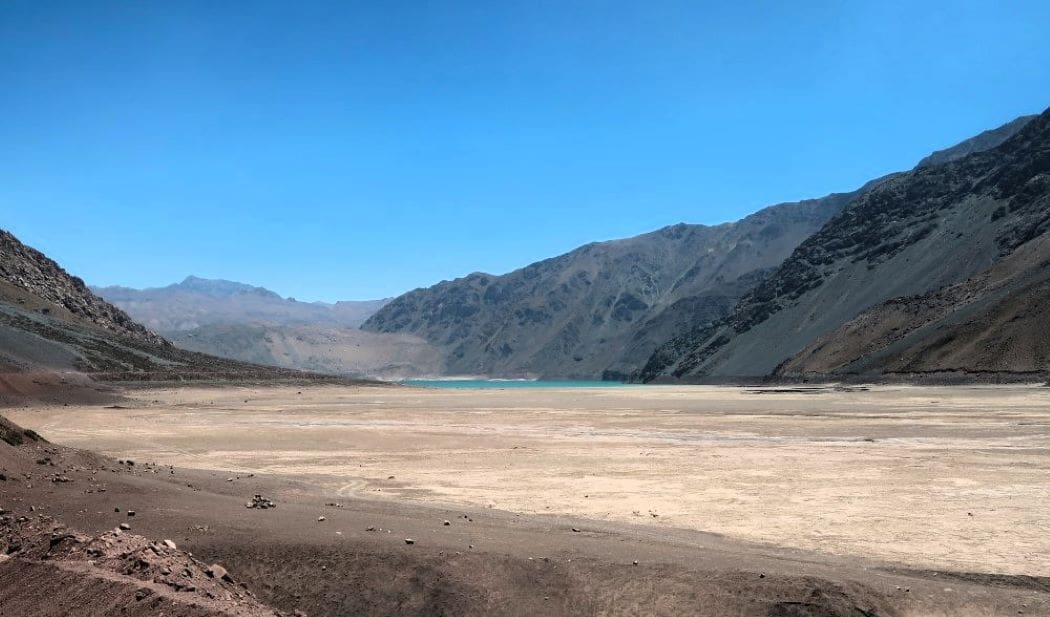Long-term megadroughts are becoming increasingly frequent and severe, threatening ecosystems, agriculture, and water supplies worldwide, according to a new study published in Science.

Researchers from the Swiss Federal Institute for Forest, Snow, and Landscape Research (WSL) and the Institute of Science and Technology Austria (ISTA) analyzed 40 years of global climate data to track and quantify the intensification of multi-year droughts.
Led by Professor Francesca Pellicciotti, the team’s findings revealed that since 1980, drought-stricken regions have expanded annually by an area equivalent to Vermont and New Hampshire combined. These worsening conditions are evident in regions like Chile, which has endured a 15-year drought — the longest in a millennium — decimating water reserves and threatening critical industries such as mining.
“Each year since 1980, drought-stricken areas have spread by an additional fifty thousand square kilometers on average (that’s roughly the area of Slovakia, or the US states of Vermont and New Hampshire put together), causing enormous damage to ecosystems, agriculture, and energy production,” Pellicciotti explained. The research, conducted under the WSL-funded EMERGE project, emphasizes the pressing need for global strategies to address the long-term consequences of megadroughts.
Unveiling hidden crises
The study utilized high-resolution CHELSA climate data to map rainfall and evapotranspiration anomalies from 1980 to 2018, uncovering previously undetected droughts in remote and under-monitored regions. One such drought affected the Congo rainforest from 2010 to 2018, underscoring the global reach of these events.
“While temperate grasslands have been most affected in the past forty years, boreal and tropical forests appeared to withstand drought more effectively and even displayed paradoxical effects during the onset of drought,” said Dirk Karger, a senior researcher at WSL. The study’s ranking of drought severity highlights major hotspots, including southeastern Australia, central and eastern Mongolia, and the western United States, which have faced devastating ecological consequences.

Ecosystem vulnerabilities
The research also demonstrated contrasting impacts on vegetation across ecosystems. Temperate grasslands experience the most immediate effects, while tropical and boreal forests respond more variably. Boreal forests, for example, benefit from longer growing seasons due to warming temperatures, but prolonged droughts could ultimately lead to significant vegetation loss.
Satellite imagery revealed these ecosystem changes, but dense tropical canopies often obscure the true extent of drought impacts. The team developed new analytical techniques to overcome these challenges and improve global drought assessments.
Policy implications and future research
The study warns that traditional drought mitigation strategies, which often focus on seasonal or annual events, are insufficient for addressing the growing threat of megadroughts. By providing a publicly available inventory of global droughts, the researchers aim to guide policymakers toward more effective preparation and adaptation strategies.

Pellicciotti emphasized the urgent need for action, noting that the effects of megadroughts could be felt for decades. “Currently, mitigation strategies largely consider droughts as yearly or seasonal events, which stands in stark contrast to the longer and more severe megadroughts we will face in the future.,” she says. “We hope that the publicly available inventory of droughts we are putting out will help orient policymakers toward more realistic preparation and prevention measures.”
The findings also open new avenues for research, particularly in mountainous regions where glaciers may buffer drought impacts. Pellicciotti leads a complementary project (‘MegaWat—Megadroughts in the Water Towers of Europe’) investigating how these “water towers” can mitigate the effects of megadroughts and inform sustainable management practices.
Journal Reference:
Liangzhi Chen, Philipp Brun, Pascal Buri, Simone Fatichi, Arthur Gessler, Michael James McCarthy, Francesca Pellicciotti, Benjamin Stocker & Dirk Nikolaus Karger, ‘Global increase in the occurrence and impact of multiyear droughts’, Science 387, 278-284 (2025). DOI: 10.1126/science.ado4245
Article Source:
Press Release/Material by Institute of Science and Technology Austria (ISTA)
Featured image: The Yeso reservoir in central Chile during a megadrought peak in Summer 2020. Credit: Vicente Melo Velasco | ISTA




